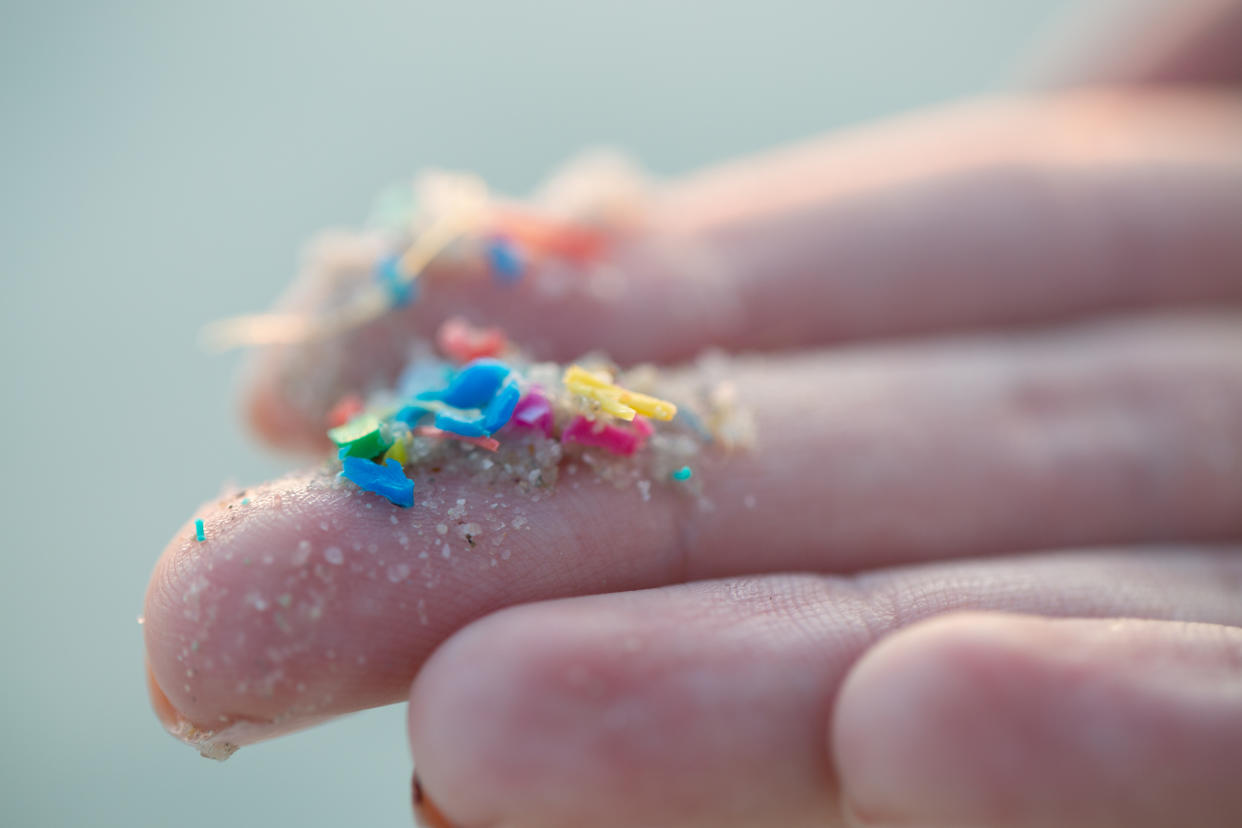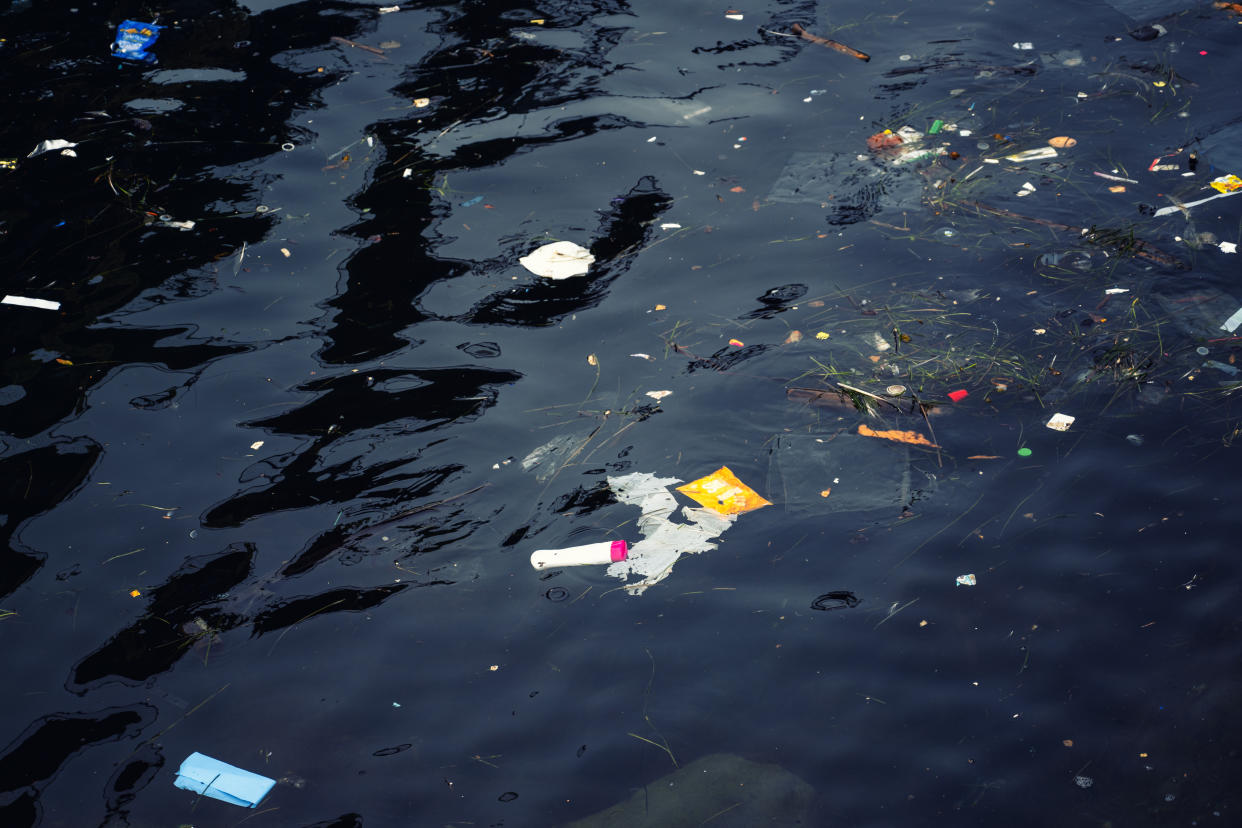We consume a credit card of microplastics every week - here’s how to reduce that

Boiling drinking water is an ancient and effective way to deal with water-borne diseases, but it may also help in the battle against microplastics, new research has shown.
Microplastics are tiny pieces of plastic less than 5mm in size, which scientists believe can harm wildlife - and may pose health risks to humans. Nanoplastics are even smaller, as tiny as one-thousandth of a millimetre in size.
New research published in Environmental Science & Technology Letters has shown that boiling and filtering water may lower the amount of microplastics people are exposed to by up to 90%. Researchers have warned that plastics can accumulate in the body leading to inflammation, liver issues and insulin resistance.
How else can people consume microplastics?
A study in America found that 98% of rain samples were contaminated with microplastics - tiny particles of plastic - even in the most remote parts of the country.
Microplastics have even been found in Antarctica and the deepest parts of the ocean.
How much microplastic do we consume?
Research by the University of Technology Sydney suggested that we inhale 16.2 bits of microplastic per hour - equivalent to a credit card every week.
Microplastics are also in our food, particularly food that has been packaged in plastic.
Enjoying a Sunday roast could expose people to 230,000 particles of microplastics, research by the University of Portsmouth has warned.
The researchers say that the amount of plastic could be equivalent to eating two plastic bags every year, if you ate a Sunday roast every day. The research by University of Portsmouth experts in partnership with Good Morning Britain found that a chicken roast dinner made with plastic packaging contained seven times more microplastics.

The research suggests that plastic packaging is a major route for microplastics to get into human bodies. Microplastics are also found inside meat and other protein we eat, with recent research finding microplastics in seafood, pork, beef, chicken, tofu. Research found microplastics in 16 different protein sources.
Recommended reading
Antibiotic resistance could wipe out humans before climate change (Yahoo News)
Single-use plastic ban takes effect in the UK - but it's too limited (The Conversation)
Funding for climate change adaptation is far from enough, UN warns (RFI)
How much plastic is in the environment in Britain?
Tiny particles of microplastic are already polluting every lake and river in Britain, posing as-yet-unknown risks to wildlife, scientists have warned.
Even remote bodies of water such as Loch Lomond are polluted with plastic particles.
Microplastics are tiny pieces of plastic less than 5mm in size, which scientists believe can harm wildlife - and may pose health risks to humans in the food chain.
Researchers from Bangor University and Friends of the Earth collected water samples from rivers, reservoirs and lochs in England, Scotland and Wales. Every single sample contained plastic, with the River Tame in Greater Manchester having more than 1,000 particles per litre - and Loch Lomond having 2.4 particles per litre.
Ullswater in the Lake District had 29.5 shards of microplastic per litre.


